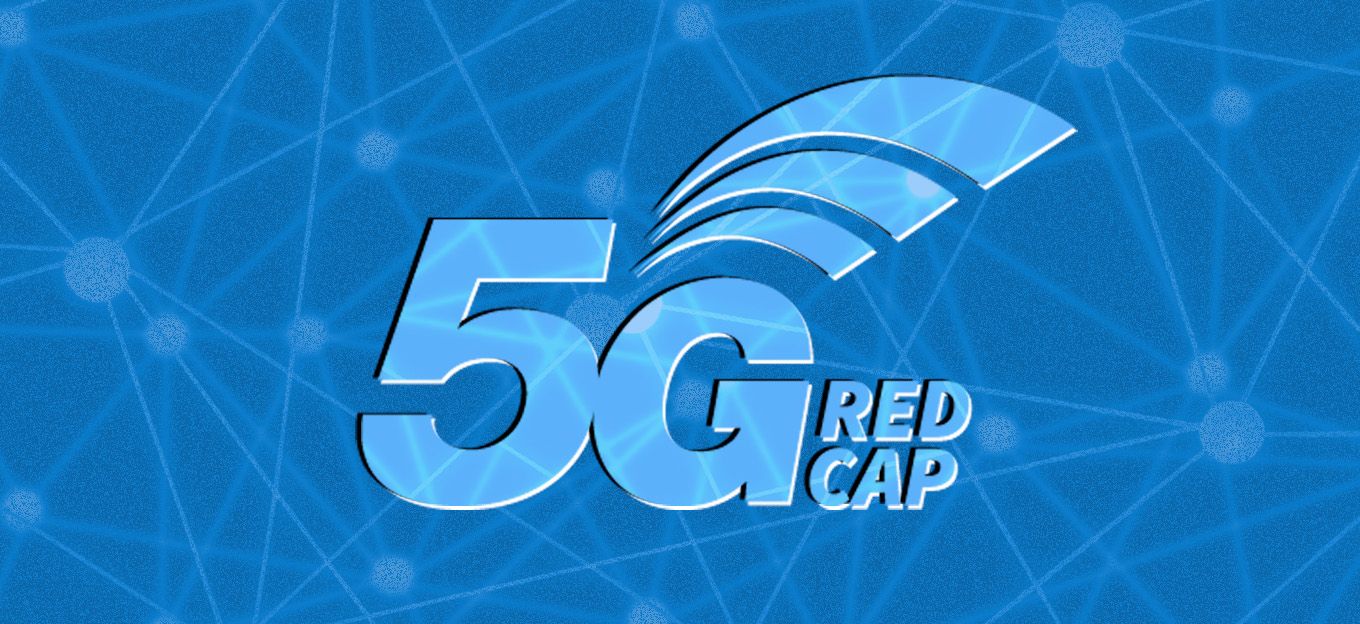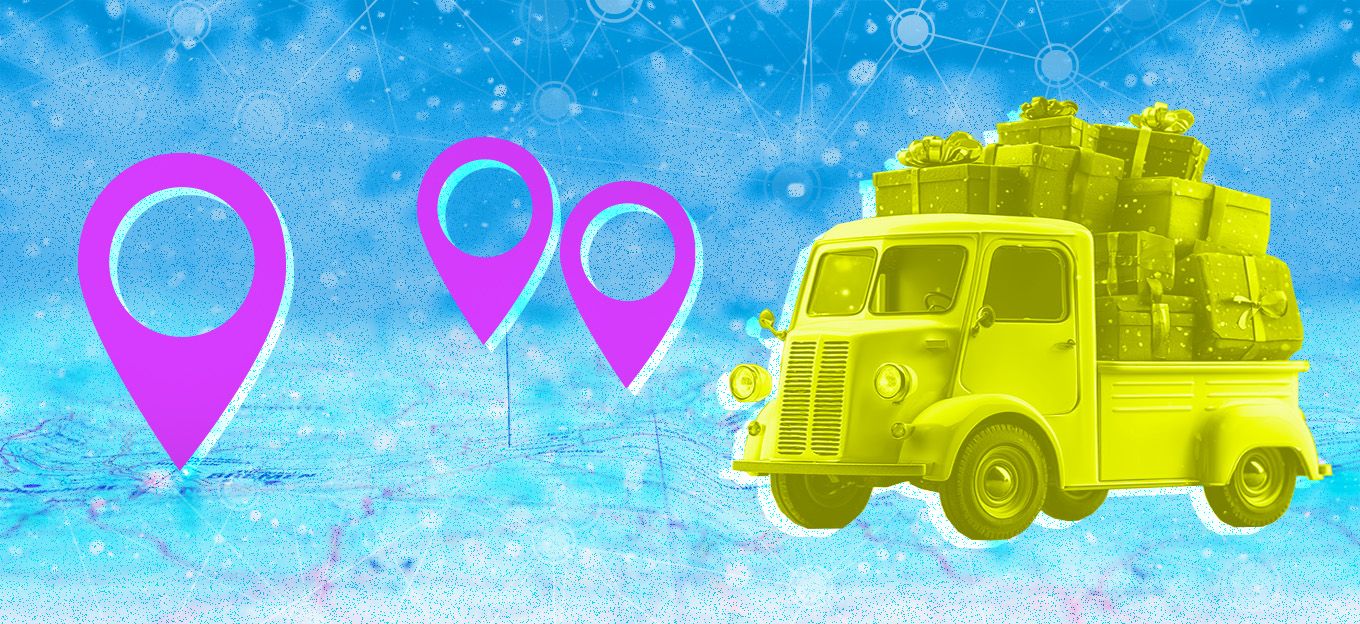6 Examples of How 5G Will Improve IoT Deployments
6 Examples of How 5G Will Improve IoT Deployments
- Last Updated: December 2, 2024
Sushree Mishra
- Last Updated: December 2, 2024



With digital transformation in full swing, the number of connected devices is increasing at a fast pace. IDC Data predicts 152,200 connected IoT devices every minute by the year 2025. While this translates to more data and, subsequently, more avenues to improve efficiency, a robust network is necessary for this data exchange. The fifth-generation wireless technology has features that will not only support high-speed mobile communication but also make IoT data transfer more efficient. Let’s look at these features in contrast with the existing 4G network:
With features like high speed, network slicing, and ability to support 1 million IoT devices, 5G, together with IoT, is set to revolutionize the world.
- A higher band throughput
- 100 times faster than the current network
- 25 times lower latency (lag)
- The ability to support a massive scale for IoT communications. It is estimated to connect about 1 million IoT devices per square kilometer which is a thousand times more than now.
- A 90% reduction in power consumption, guaranteeing up to 10 years of battery life in low-powered IoT devices.
- Provide network slicing ability. In simple terms, network slicing means running multiple logical networks as virtually independent operations on shared physical infrastructure. Network slicing will give businesses the flexibility to design their network system according to their requirements, such as low latency over a higher bandwidth or more device connections over low latency.
All these features make the 5G network adaptable to the external environment, unlike its predecessors, which has limited network flexibilities.
Now that we know the capabilities of 5G let’s check how it will revolutionize various sectors when combined with the Internet Of Things.
Smart Manufacturing
5G will take Industry 4.0 to the next level. The extensive real-time data collected can improve quality control by identifying defects faster. The wide mobility, low latency, and high (mission-critical) reliability required in production automation and autonomous vehicle control in open-pit mining are only possible in the ultra-reliable 5G network. Also, in manufacturing setups, often radio links from traditional network layouts get blocked because of metal structures and barriers. A cellular-based positioning system deploys multiple Transmission/Reception Points (TRPs) within a facility which can interact with the machine from various directions. So, even if one path gets blocked, signals can come from other directions, creating a signal redundancy and preventing loss of communication.
In the wind and solar power sectors, IoT sensors, and devices, along with AI, are helping increase productivity through advanced weather forecasting and analysis. The intelligent tuning mechanisms automatically adjust control settings for varied weather.
Smart grids will manage energy loads more efficiently. A planned energy infrastructure based on regular data collected from IoT devices can help minimize downtime and energy costs.
All this involves the seamless transfer of an enormous amount of data through a network with minimal lag. Maintenance (both predictive and preventive) will also see higher efficiency with more data collection and lower latency.
Supply Chain
The supply chain requires a significant amount of manual supervision, especially during transportation to the warehouse and movements inside it. 5G will enable individual product level information through IoT enabled sensors as opposed to vehicle level details available today. This will make tracking and tracing of shipments easier. For perishable products, remote monitoring of trailer conditions like temperature and humidity will be possible. Inventory disposition, location, and re-routing will now happen in real-time with 5G enabled IoT trackers. 5G and IoT combined will provide an end-to-end view of the entire supply chain.
Retail
5G and IoT can improve the retail shopping experience by making it more personalized and contextual. An AI-powered fitting room with a screen could suggest similar outfits and matching accessories at the touch of a button. The customers will also be able to speak to the sales clerk and ask for other products instead of awkwardly shouting over the door. IoT enabled smart shelves can automate inventory management. They can provide real-time inventory data, build omnichannel customer relationships, and dynamically adjust prices depending on demand. The 5G network’s high speed and throughput will enable the processing of such massive data.
To get a glimpse of IoT-enabled automated stores, let’s look at the Amazon Go store. It has no cashiers or checkout system. Instead, shoppers have to download an app and scan on entry. One can pick up any product and simply walk out. Once out, the app’s automatic payment activates, and it emails a receipt of the purchase. The store has computer vision, deep learning, and shelf sensors, among other technologies to track what one picks up and what they keep back on the shelf.
Smart Cities
The basic premise of a smart city is connectivity and automation of its various resources, operations, and services. Today we use IoT devices in homes and commercial buildings. For smart cities, this technology should extend to public departments like water, electricity, gas, waste management, traffic monitoring, and even environmental services. 5G network will process this data quickly. It will also help streamline the autonomous car industry by enabling machine to machine communication with low-latency and high-reliability.
In 2012, the city of Barcelona in Spain started deploying IoT technologies across its urban systems, including transportation, energy, water, and waste management. By 2013, the number of Wifi hotspots had increased by 62% to 670 hotspots with a maximum distance of 100 meters from point to point, and the number of Wifi users doubled. In the energy sector, they installed 19,500 smart meters. The waste management system was updated with smart bins to monitor waste levels deposited by households and optimize the collection routes.
They modernized the transportation sector with digitized bus stops and parking systems. The amenities include real-time updates on bus locations, USB charging stations, free Wifi, and information on tools and apps related to the city. They embedded the vehicle parking spots with sensor systems that has helped reduce congestion and emissions significantly. The street lights have motion sensors to conserve energy. They remain dim and only brighten up when they pick up motion. The lamp posts also provide free internet and collect air quality data of the city.
For watering of parks, they use sensors to monitor rain and humidity and determine how much water it requires. A system of remotely controlled electro valves delivers that quantity of water across the city.
Self-Driving Vehicles
For self-driving vehicles to function correctly, it requires a lot of data exchange. Besides tracking temperature, traffic, weather, and GPS location, information about pedestrians and street fixtures (like lamp posts) also play a vital role. While IoT enabled sensors and devices will collect data, the 5G network will ensure efficient transfer of these to the vehicles with no lag. In fact, in the future, vehicles will communicate among themselves, eliminating the need for traffic signals. All this requires the development of Smart Cities and an extensive 5G network.
Healthcare
For healthcare, the amount of data generated is enormous. A single MRI scan or PET scan can be a huge file. Apart from this, there are other records like medication details, vitals, patient response to ongoing treatment, and so on. Often these records need to be shared among doctors and other medical professionals, which requires a network with high bandwidth and download speeds.
Telemedicine is steadily gaining popularity. A study by Market Research Future predicts telemedicine to grow by 16.5% from 2017 to 2023.
While this is a boon for people with limited access to medical facilities, it requires a network with high reliability and low latency to ensure the transfer of patient records and uninterrupted tele connection.
Even for patients with chronic illness or post-discharge diagnosis, remote monitoring is possible with IoT enabled wearables connected through the 5G network. This will provide mobility to chronic illness patients, free up hospital resources, and relieve doctors while still actively monitoring them in real-time.
Augmented Reality, Virtual Reality, and spatial computing scope will further improve with the combination of 5G and IoT. It will stimulate sophisticated medical sensors to generate more information.
For most service providers, end to end 5G infrastructure won’t be available on public networks until 2025–2030. But companies have begun building their 5G networks for specific uses and individual facilities to take advantage of the technology before the competition sets in. So, it may not be long before we see them in our everyday lives in retail stores, groceries, vehicles, and even public infrastructures.
The Most Comprehensive IoT Newsletter for Enterprises
Showcasing the highest-quality content, resources, news, and insights from the world of the Internet of Things. Subscribe to remain informed and up-to-date.
New Podcast Episode

Moving Past the Pilot Phase in IoT and AI
Related Articles




